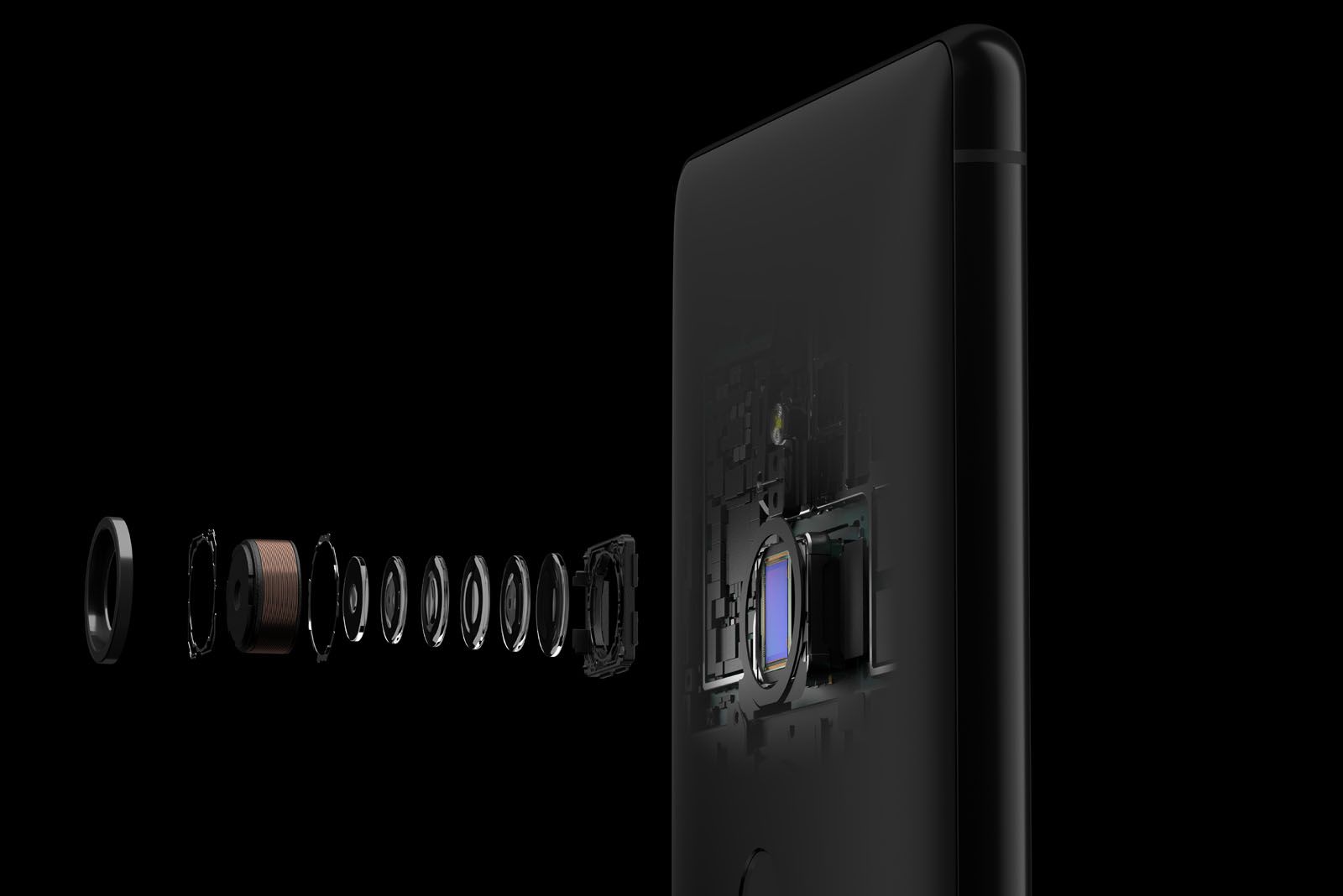Sony has announced the Xperia XZ2 and XZ2 Compact, bringing with it a range of boosts to the camera - something that Sony is known for.
The Xperia XZ2 is a new flagship-level device, sitting on the Qualcomm Snapdragon 845 platform and shifting Xperia over to a whole new design. Slabs are out and curves are in.
But turning to the camera, let's explore what's new in the Sony Xperia XZ2.
Sony Xperia XZ2 camera details
- 19-megapixel Motion Eye camera, f/2.0
- 1/2.3in Exmor RS sensor with stacked DRAM, 1.22µm pixels
- Custom ISP co-developed with Qualcomm
Many of the camera stats will sound familiar, because this is essentially the same camera that was on the Xperia XZ1. It's all still pretty new, as that device was only announced in August 2017 and has now effectively been replaced by the XZ2.
As before, this sensor has the DRAM attached allowing faster communication and handling of data, meaning it can perform more demanding functions.
What's different here is the Qualcomm Snapdragon 845 platform, including a new image signal processor (ISP). This isn't a stock ISP that everyone will use, it was co-developed by Sony and Qualcomm to support this camera. It's bespoke.
This new ISP, combined with that stacked imaging sensor means this camera has a lot more power at its disposal.
What can the new Xperia XZ2 camera do?
- 960fps slow-motion at full HD resolution
- 10-bit HLG 4K HDR video capture
But the technical details aren't really what this story is about - it's the functions they unlock for you. The Xperia XZ2 offers all the things you expect from a modern smartphone camera - fast focusing, HDR (high dynamic range) photos, image stabilisation and so on.
Slow-motion capture
The big story here is the Samsung-beating super slow-motion. While the Samsung Galaxy S9 offers 960fps slow-motion (again thanks to a stacked sensor and powerful hardware platform), it only captures at 720p. Sony however, is now offering 1080p.
There is some difference in capture, however, with Samsung letting you use automatic motion detection to start the video, which Sony doesn't. So Sony's slow-motion has the potential to look clearer, but Samsung might be easier to get the shot you want.
You can also step down to more regular 120fps capture.
4K HDR
This is where Sony steps out on its own. The Xperia XZ2 is the first smartphone to offer 4K HDR video capture. It's a relatively new technology, adding high dynamic range to your video with great results.
HDR has been the talk of television for the past few years and Sony is very much contributing to a system it's already widely involved with: it has a wide range of 4K HDR Bravia TVs and has HDR on the PlayStation, for example.
The XZ2 helps put 4K HDR content creation into the hands of everyone, without the need for an expensive camera.
Again, the 4K HDR capabilities are unlocked by the power of the camera and the supporting hardware.
The HDR content captured is 10-bit BT.2020 compliant, giving you a wider colour gamut than you'd get from normal 4K video; the 4K resolution isn't the biggest or most important part here, it's really about contrast and colour.
The resultant HDR file is in the HLG format - hybrid log gamma - one of the HDR types that widely supported by TVs and likely to be the standard used for broadcast HDR in the future. HLG is also supported by YouTube, so there will be no problem sharing your video for other HDR-equipped viewers to enjoy.
HDR video also supports Sony's SteadyShot image stabilisation.
- What is HDR, what TVs and devices support HDR, and what HDR content can I watch?
- What is Hybrid Log Gamma and why should you care?
When can I get the Sony Xperia XZ2?
The Sony Xperia XZ will be available to pre-order from 16 March, going on sale in April 2018. However, if you can't wait that long you can see what we thought about the two new versions of this phone, the XZ2 and the XZ2 Compact.

